In recent weeks, we have been focusing on the enjoyment of liquid music in the Hi-Fi environment. First we talked about platforms that allow us to stream our favourite music, andand then we moved on to downloading and storing your favourite songs locally or in the cloud.. But the question we are asking today is: how does a Hi-Fi system designed to work with high definition liquid music look like?
A diagram of a liquid music system
Everything in the electronic chain from the amplifier onwards (be it an integrated amplifier or a preamplifier and power amplifier combination) remains unchanged. What changes is what comes first: the source and everything about it. We are used to having a CD player or a turntable as a source, usually. With the talk of liquid music, the tables turn and the protagonist of our Hi-Fi system will become a Personal Computer. This is where we will keep our locally saved playlists or listen to music via some streaming service.
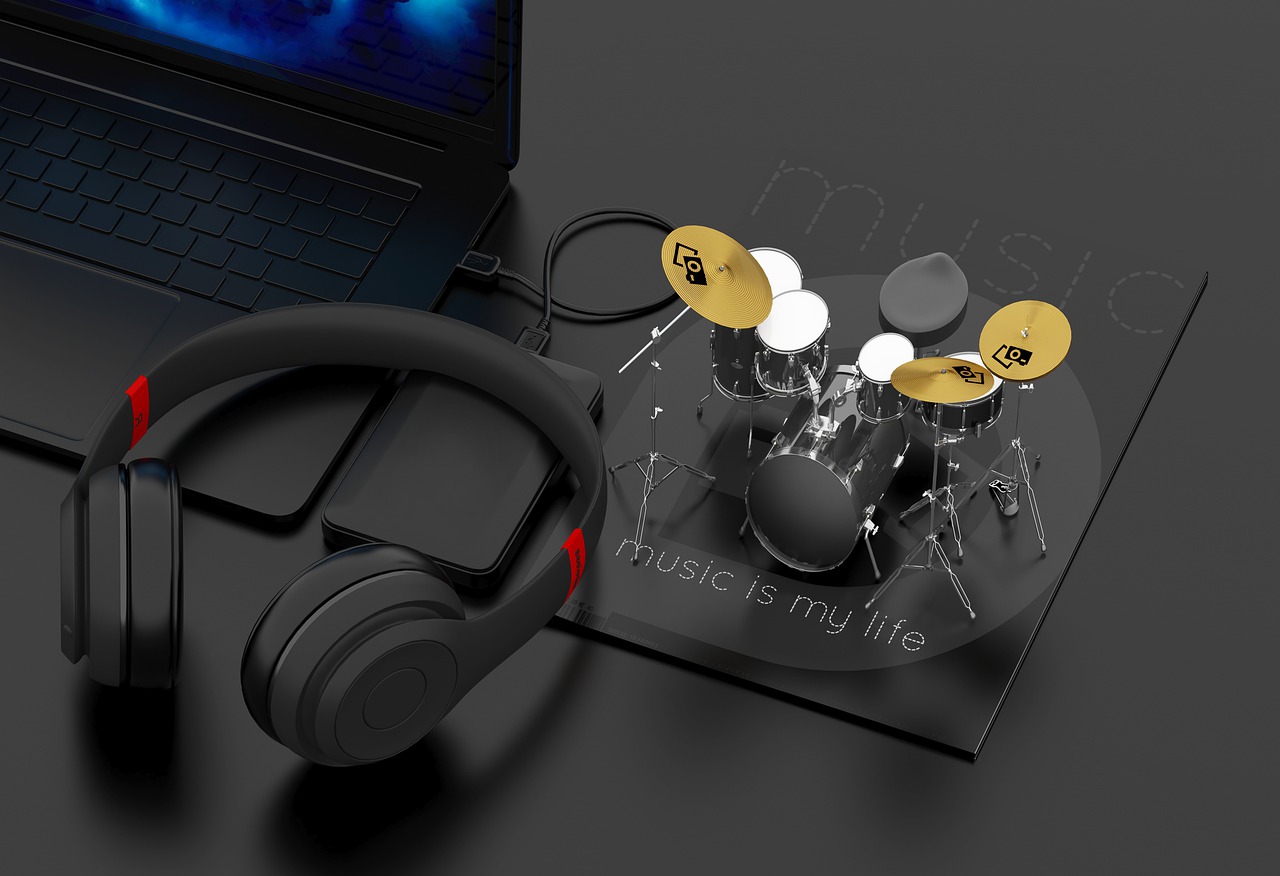
In the first case we'll have to rely on software to play the tracks; there are many, and we'll probably go into this in a separate article, but for now we'll just mention the most popular (and free): Foobar2000. Using a PC as a source is, without question, the best technical solution. But it is one of the least straightforward you can use, both on the hardware and software side. On the hardware side, if you want a PC designed specifically for listening to music, you'll have to resort to specific cases capable of containing the noise and vibrations emitted by ventilation. On the software side, you'll need to remove everything you don't need for music listening for optimum performance.
Having done this, the fundamental next step is to buy a level DAC. The one installed in the vast majority of PCs is bad and risks being a heavy bottleneck for the rest of the system. There are, in any case, high level sound cards that can avoid having an external DAC. They tend to be used less for two reasons: the first is that these cards can only be used with the PC, while the external DAC can be used with other sources; the second is that they are poorly shielded from the interference generated inside the PC. So if we opt for the DAC, it will have to be connected, via USB cable, between the source and the amplifier.
Another component that is not fundamental but is certainly of interest is the DSP. DSP stands for digital signal processing; with these three words we indicate the processing of signals represented in numerical form in real time. The DSP is therefore a microprocessor dedicated exclusively to processing a continuous signal after it has been sampled, and therefore does not replace the sound card, but sits alongside it. The first advantage of having this component in your system is the reduction of the load on the computer's CPU. This is an aspect that is disappearing, however, given the computing power achieved today even by a mid-range PC.
Secondly, we assume that the analogue signal is converted into a stream of numbers. The computing power for digital signal processing allows many advantages over analogue processing, such as the detection and correction of transmission errors, and also data compression. All these operations, aimed at improving dynamics, reducing distortion and improving the signal-to-noise ratio, are therefore carried out before going through the DAC, which converts the signal back into analogue format.
A DSP therefore brings undeniable benefits to our listening. But its application is even more interesting when it is combined with a microphone. With this combo, using certain DSPs, it is possible to "probe" the listening environment so that the modifications made to the track by the processor render high, medium and low frequencies equalised according to the context in which they are emitted.
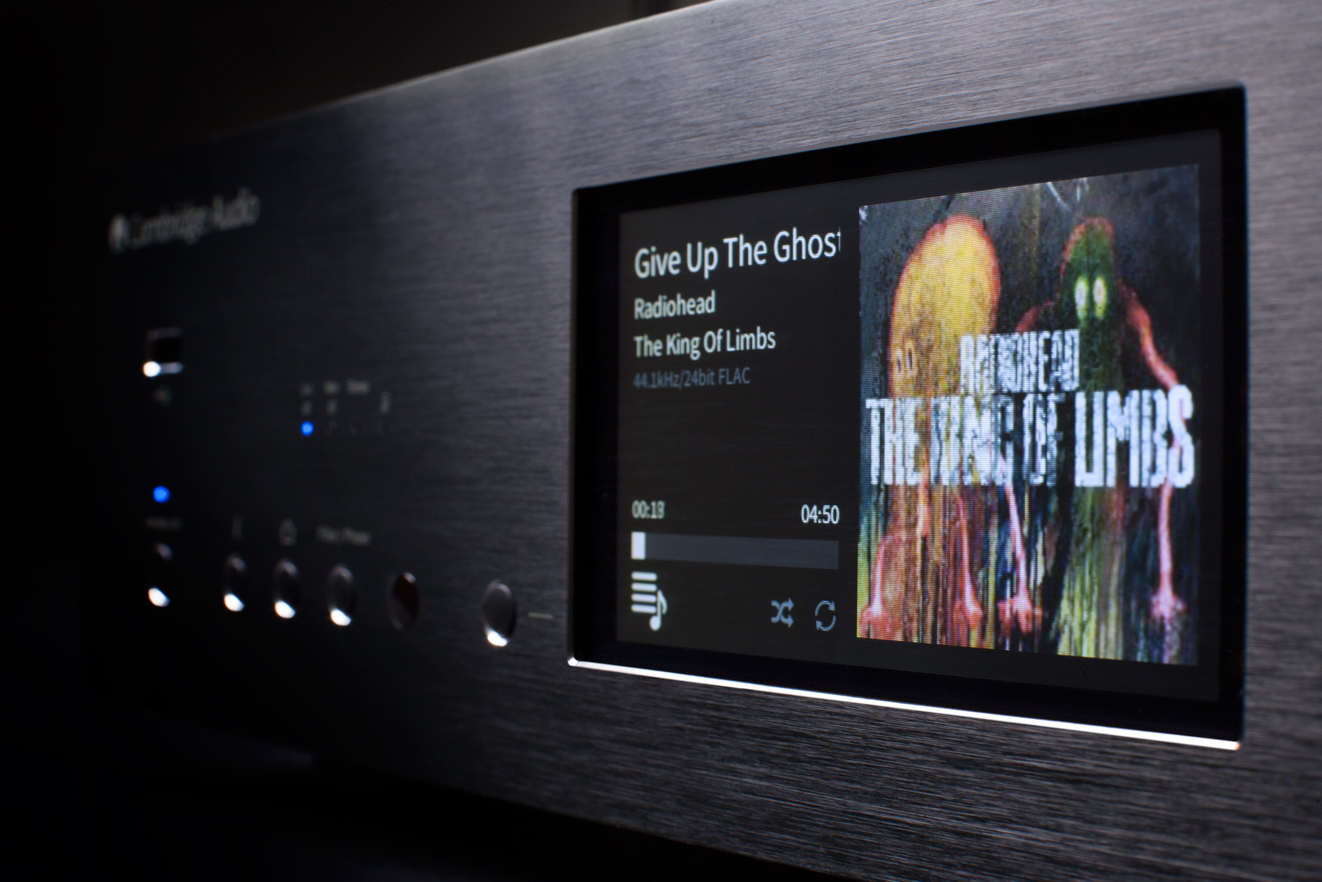
Liquid music without a PC
So is there no escape for those who have no pleasure or no time to devote to setting up a computer? No, fortunately there are other viable ways to enjoy liquid music and have a more 'classic' Hi-Fi system at the same time. The solution is called a network player; these players They are increasingly being combined with other components in the audio chain, such as CD players. A network player is ultimately a high quality digital music player.
This is a good solution for those who listen to streaming music, web radio and digital music stored on a local server, but do not want to use a PC as a source. Once we have our network player, the scheme of the Hi-Fi system for listening to liquid music will be similar to that described above. It is also advisable to connect the network player to a DAC via coaxial or optical cable; in Hi-Fi, the more components are separated from each other to perform their specific functions, the better the sound quality will tend to be.
Not only that. Even using a network player we can rely on some DSPs (but this is a rare circumstance), which however allow a less wide range of customisation than what is possible with a computer. The main problem with network players is their longevity and pliability. There are already many platforms for streaming music in high definition, and many more will emerge (and some will disappear). The fact that almost all network players do not have their own operating system in favour of greater ease of use could make these transitions traumatic, unless the manufacturer updates the firmware. In fact, even when the chips are down, it could happen that the network player you want does not support the platform you are used to using. In short: you have to weigh up the pros and cons.
Hi-Fi audio cables for a liquid music system
In terms of cabling, in a Hi-Fi system designed to work with liquid music, it is the USB cable that gains importance, one of the latest additions introduced by Ricable. We have briefly mentioned the co axial cable because of the connection between the network player and the DAC, a coaxial cable that has been in the catalogue for some time and that we invite you to discover together with all our other products.


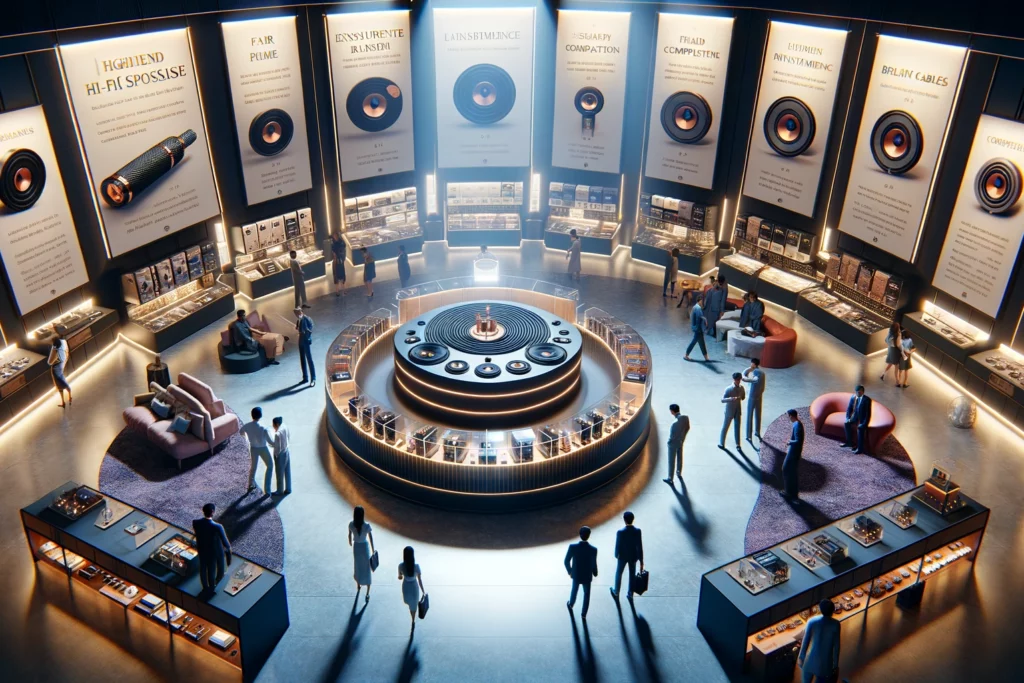
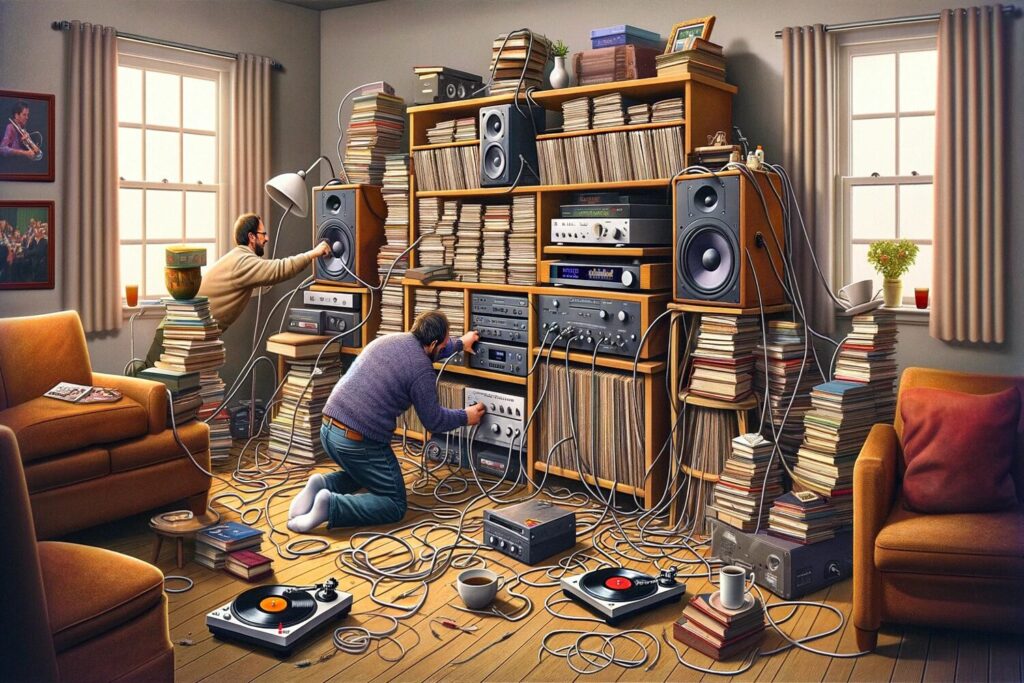

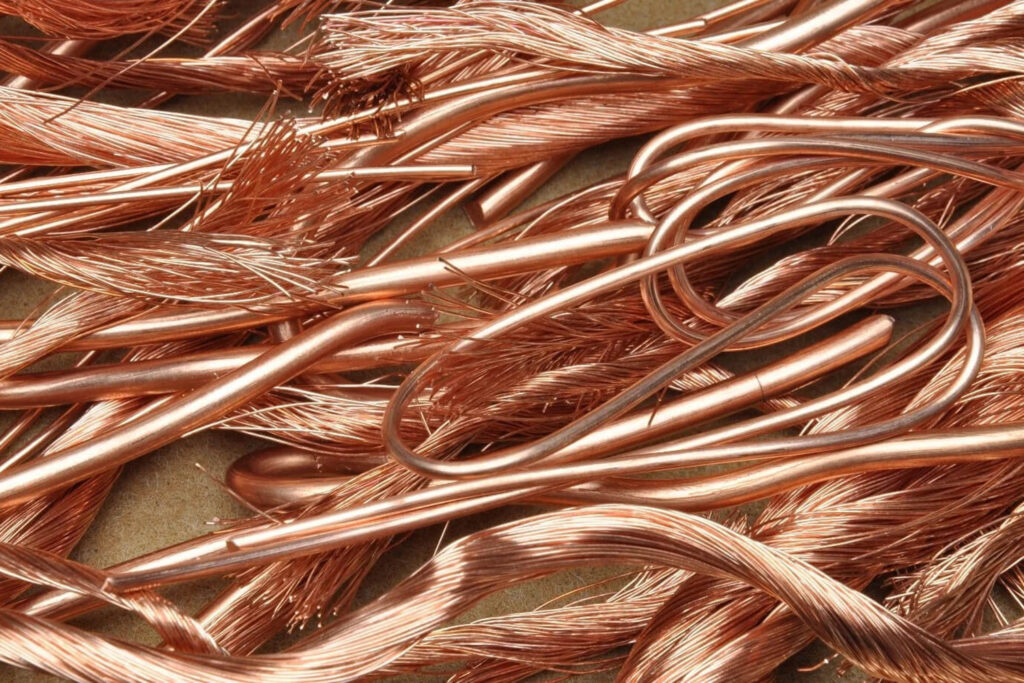

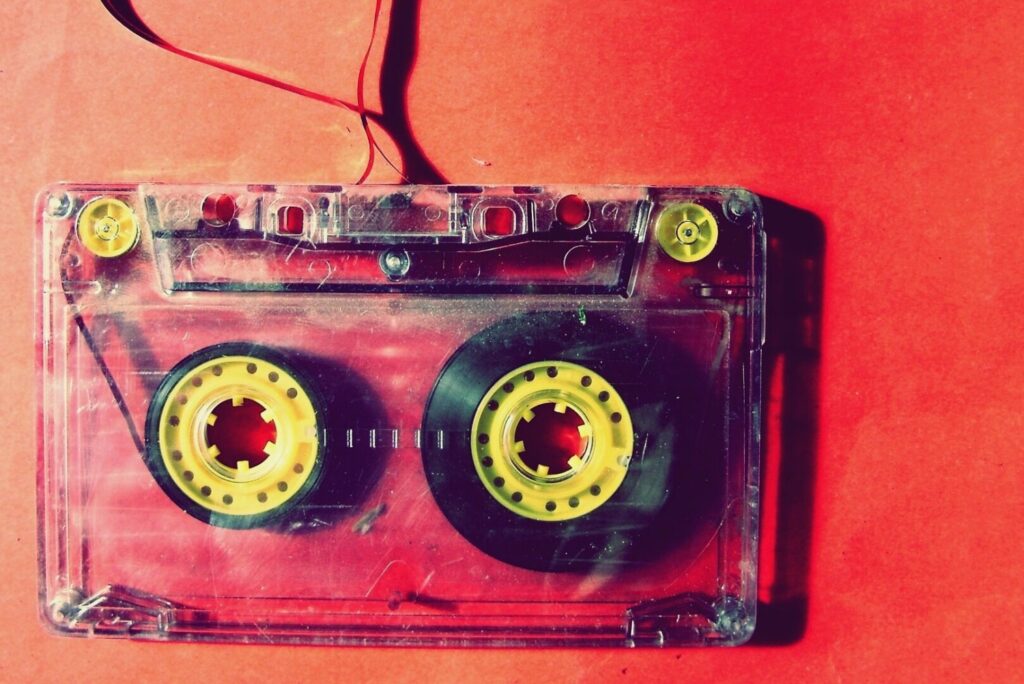
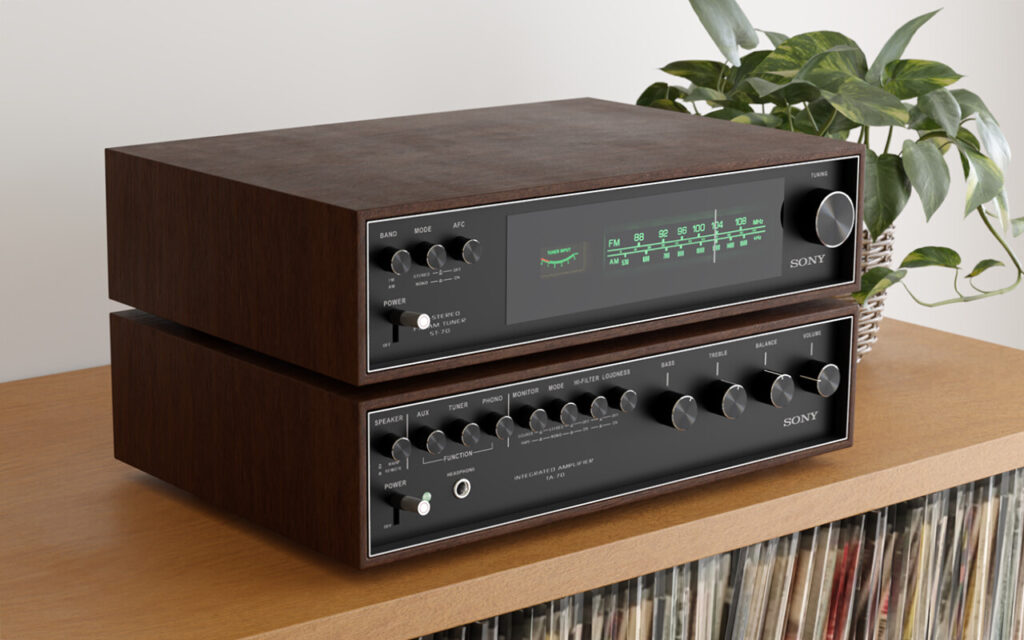

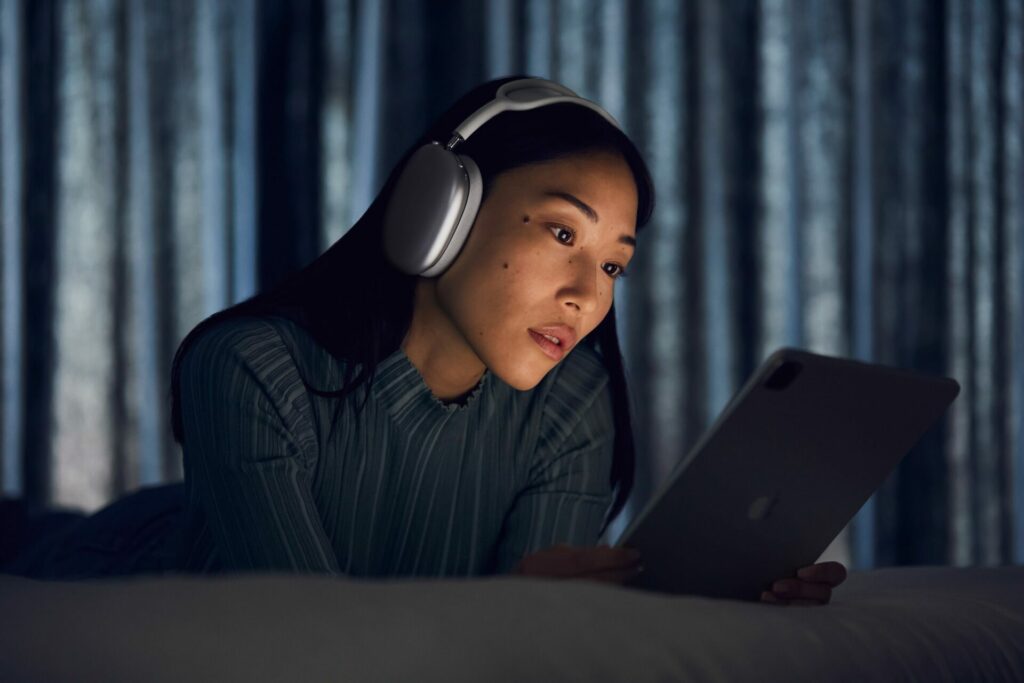
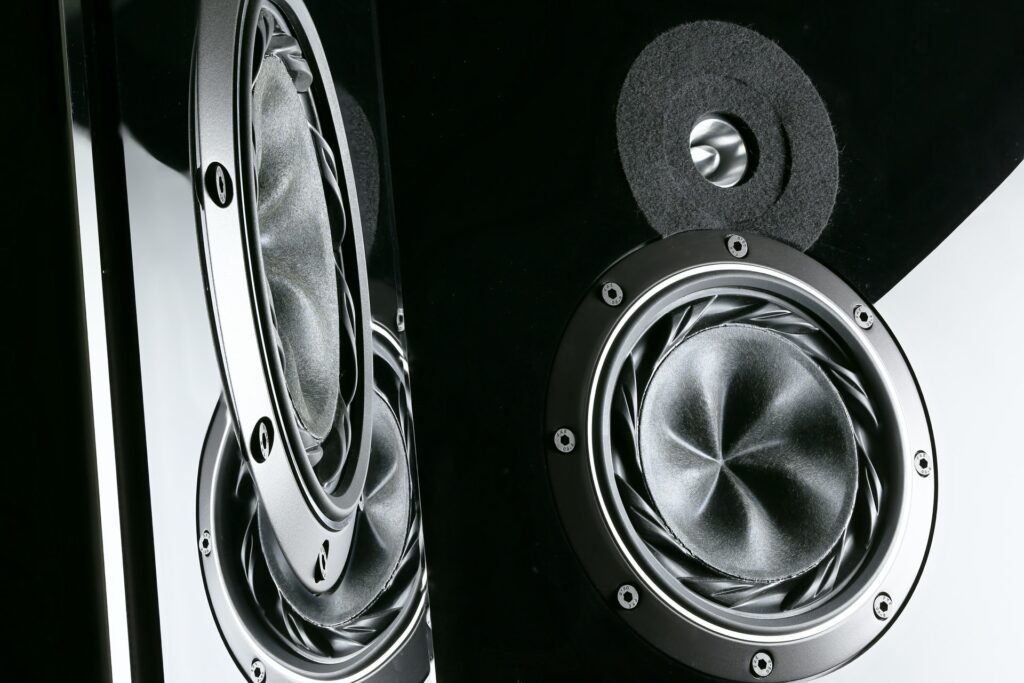


I would like to start listening to liquid music. I often only use solutions for windwos PCs. For Macs? Is there something? Which sac should I use? Thank you for your availability
Good morning Maurizio, as far as the DAC is concerned, nothing changes if you use Windows PC or Mac. About the player, instead, let's start by saying that VLC Media Player is not a solution to be completely discarded, but if you want something more specific there are Elmedia Player and IINA, for example. The choice, although reduced compared to Windows, is there, with each programme presenting different peculiarities.
Good evening
I am a neophyte and a beginner in the field.
I am also locked in my house because of the second Covid 19 pandemic (in the red zone).
My first question is very simple: which decent DAC could I buy (low/medium price range)?
The second question is more challenging.
Before proceeding to buy your very high quality cables (I didn't even know they existed) is it possible to send you a list of the components of my modest hi-fi stereo system in order to have some useful suggestions?
Keep in mind that I'm a 68 year old pensioner: I started listening to a lot of music (excluding commercial music and ditties) in the mid-60s, with the old audio/music cassettes (the mythical TDK chrome ones). Then I switched to vinyl/33rpm records and finally opted for CDs (which never convinced me).
Thanks for your attention.
Giancarlo
Hello Giancarlo, you can write to us at [email protected] for all enquiries.
I would like to listen to hd music from my smartphone through a portable stereo speaker and headphones, what do you recommend?
Thank you
Fulvio
Hello Fulvio, unfortunately we only produce cables, for the equipment to be connected you should contact someone who produces active speakers... sorry!